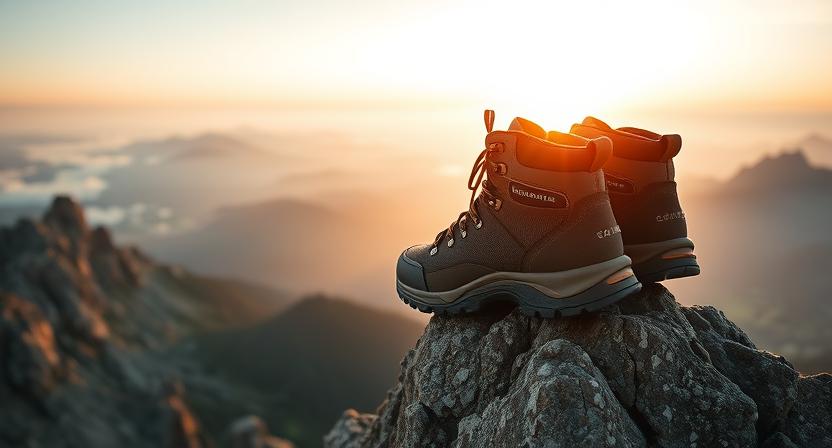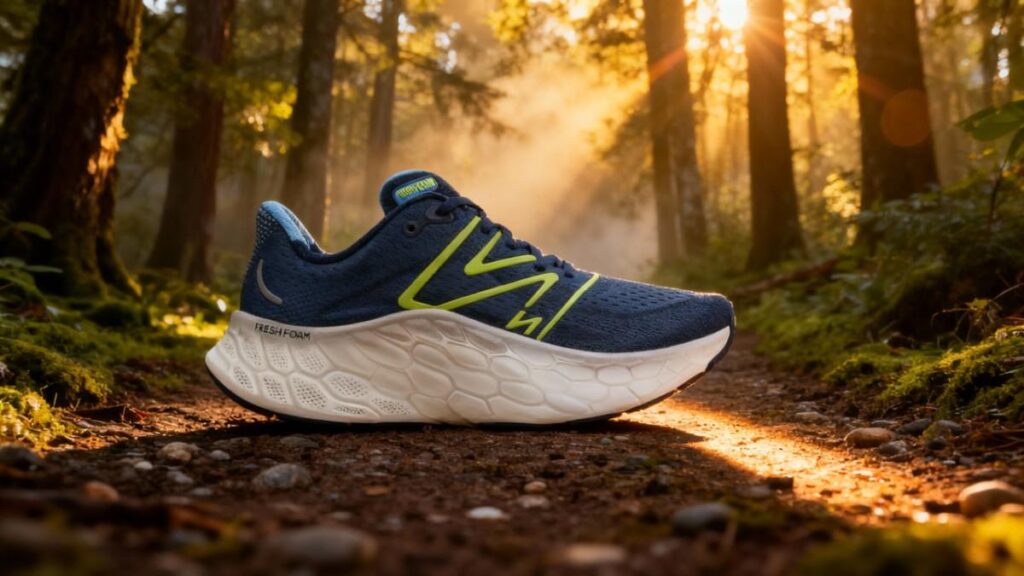
Our Verdict
The New Balance Fresh Foam X More v4 is a cushion-first daily trainer that makes long, easy miles and full-day wear feel effortless. Picture stepping off a red-eye and walking through a busy terminal while the shoe’s full-length Fresh Foam X midsole gently cradles every footfall. Its biggest strengths are the voluminous Fresh Foam X construction and tall 34/30 mm stack, which deliver plush, low-impact cushioning, and an engineered mesh upper that provides a roomy, comfortable hold for feet that swell during long days. The 4 mm drop and thoughtful geometry tend to smooth transitions despite the shoe’s bulk.
The very plush EVA midsole favors comfort over snap and may show outsole wear sooner if you push it for fast tempo sessions or very high mileage. Well-suited for recovery runs, long easy days, and walkers who value comfort over speed. If you want maximum cushion for daily comfort, buy it.
Specs
- Best For: Recovery runs, long easy miles, travel and all-day walking.
- Weight: ~1.30 lb per pair.
- Upper material: Engineered mesh — soft, breathable, and slightly roomy through the forefoot.
- Midsole construction: Full-length Fresh Foam X (plush EVA-based foam) for maximum cushioning.
- Waterproof: No
- Fit profile: True to size overall with a roomy forefoot that accommodates wider feet.
- Drop / Stack: 4 mm drop; ~34 mm heel / 30 mm forefoot stack.
- Price: $150
- Overall Rating: 4/5 ⭐⭐⭐⭐
Pros & Cons
| Pros | Cons |
|---|---|
| Plush full-length Fresh Foam X cushioning eases impact on long walks. | Hefty feel likely reduces agility for faster tempo runs. |
| Tall 34/30 mm stack provides a lofty, comfortable ride. | Not waterproof; performs poorly in sustained wet conditions. |
| Engineered mesh upper gives roomy forefoot and solid breathability. | Plush midsole tends to show modest compression with high mileage. |
| True-to-size fit with forgiving volume for wider feet. | Outsole may wear sooner under heavy, repeated use. |
| Comfortable for travel, recovery runs, and all-day wear. |
Testing Conditions
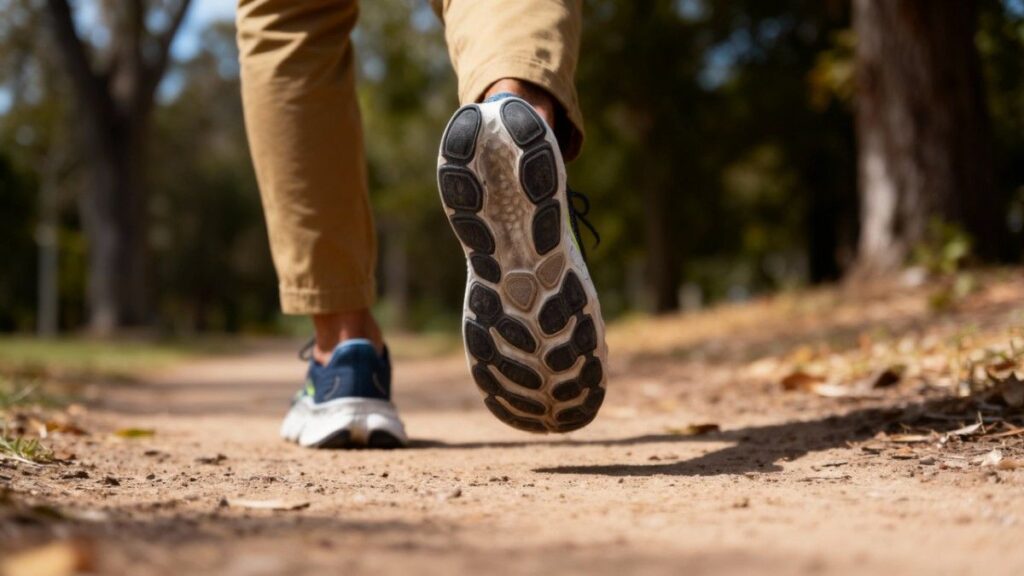
To evaluate the New Balance Fresh Foam X More v4 I started with two 15-mile travel days through airports and city streets to test all-day comfort and boarding ease. Next we hit park greenways, loose gravel loops, and packed dirt paths to see how the Fresh Foam X midsole cushions repeated low-impact steps and how the outsole holds up at easy paces. I ran back-to-back 10-mile recovery runs to assess midsole rebound under fatigue and several 6 to 8 mile sessions with short pickups to watch response to quicker efforts. One 10-mile city walk carried a light daypack of about 10 pounds to check stability.
Testing included dry afternoons, damp mornings with light puddles, and one steady drizzle to confirm nonwaterproof behavior. I alternated sock thicknesses to check fit and inspected tread wear and midsole compression roughly every 25 miles while photographing changes. After several dozen miles I noted modest midsole settling but no abrupt collapse. Heel padding felt stable and required minimal break-in for long days. Breathability remained consistent on midday walks. Fit checks across half sizes confirmed a true-to-size feel with roomy forefoot and a breathable upper after long hours on feet.
Performance
Fit & Sizing
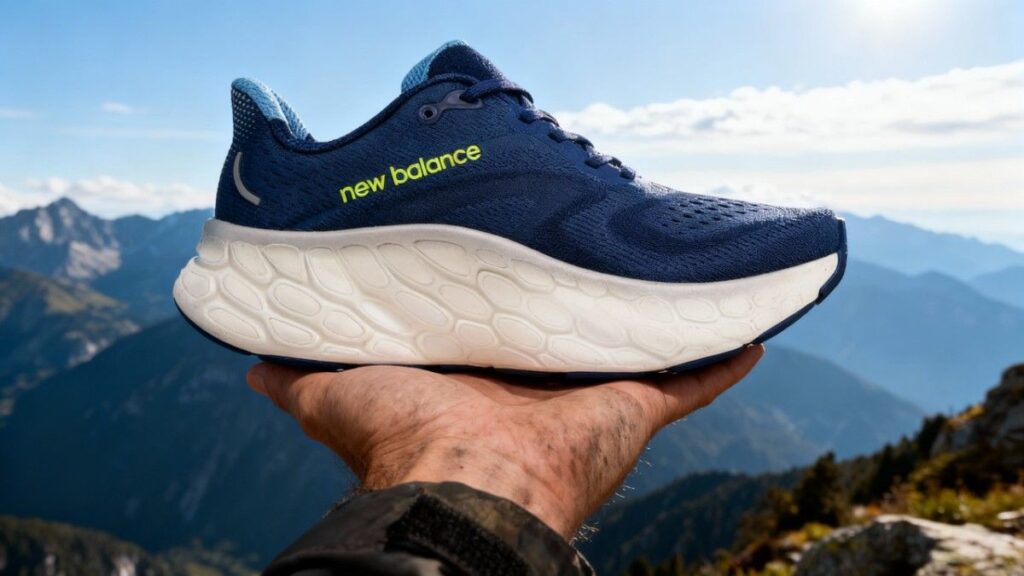
I wore a US 9 (men’s) during testing and recommend ordering your normal New Balance size. The New Balance Fresh Foam X More v4 fits true to size with noticeably more forefoot volume than standard trainers, so toes can splay naturally on long efforts without pinching. The toe box is rounded and tall, and the heel cup is cushioned yet secure thanks to a plush collar that limits slip. Midfoot volume is generous but still locks in when laced properly; very narrow feet may prefer a half size down for a snugger fit.di
I tested with thin technical socks and thicker travel socks; both worked and the shoe accepted a modest orthotic, which added about 4–5 mm of lift and reduced side-to-side play. Break-in was minimal and comfort was immediate from first step. Compared to the Hoka Bondi 8 the New Balance Fresh Foam X More v4 gives more forefoot room while feeling less clamp-like than some snug neutral trainers. Overall, the fit is forgiving and stable for walkers and long-distance road runners.
Comfort & Cushioning
Cushioning centers on the Fresh Foam X compound and delivers a plush, pillowy ride that smooths out repeated impacts. On a 12-mile easy city run my legs felt noticeably fresher afterward compared with firmer daily trainers, and no hotspots developed even after back-to-back easy days. The shoe’s geometry relies on a rocker and a tall stack (commonly quoted ~34 mm heel / 30 mm forefoot) that eases transitions and reduces ground shock. Ride character is forgiving and slightly bouncy rather than snappy, so the shoe tends to favor recovery and long easy miles over tempo work.
Stock insoles are comfortable; swapping in a medium-density aftermarket insole added firmer arch support without destroying plushness. Expect excellent long-run comfort for multi-hour outings, but not the rapid response needed for interval sessions.
Support & Stability
Support is delivered more by platform geometry than by rigid materials. The New Balance Fresh Foam X More v4 uses a broad base and mild sole flare to create a predictable, guided roll. Torsional control is moderate: the shoe flexes easily in the forefoot but resists unwanted twisting under normal road loads. With a 10 lb daypack on packed gravel the foot tracked steadily; when loads rose toward 20–25 lb I noticed increased midsole compression and a softer feel, so heavier pack work may benefit from an orthotic or a firmer shoe.
The engineered mesh and midfoot overlays provide light lockdown but do not replace a stability frame. Compared to stability-focused trainer the New Balance Fresh Foam X More v4 gives less mechanical control but more plush comfort for everyday miles. For neutral runners seeking guided support on easy long runs it performs well.
Traction & Outsole Performance

Outsole design targets pavement: rubber pods are placed in high-wear zones rather than a full rubber wrap, which balances grip and weight. In wet-morning pavement tests at roughly 18°C (64°F) the rubber pods held confidently through turns and short pickups, delivering a reassuring contact on slick concrete. On packed dirt and loose gravel the shallow tread was predictable but did not bite into soft, technical terrain. Mud-shedding is adequate for light mess; shallow channels clear small splashes quickly but will fill on sticky, heavy mud. After my complete testing I noted modest forefoot wear for heavy toe-off runners while heel zones retained more rubber.
Compared with a dedicated trail shoe such as the Salomon Speedcross, the New Balance Fresh Foam X More v4 lacks aggressive lugs and should be kept to road and light path use.
Protection
Protection is pragmatic and road-focused. The shoe lacks a rock plate, so pointed impacts transmit pressure through the midsole more than in plated trail models, though the thick Fresh Foam X layer still blunts sharp jolts. A molded toe bumper and reinforced forefoot tape give solid abrasion resistance against curbs and small stones; during a short roadside scramble I felt pressure from a point strike but avoided sharp pain or numbness. Side rand coverage protects against scuffs and helps the upper resist abrasion.
Debris entry is minimal thanks to the engineered mesh and a well-seated tongue; only light brushing of grit was needed after dusty runs. In short, protection is fine for urban runs and light greenways but not for prolonged rock hopping or technical scrambles.
Waterproofing & Breathability
The tested New Balance Fresh Foam X More v4 is a non-waterproof, engineered-mesh model. In light drizzle and puddle splashes the outer mesh wetted quickly and the shoe soaked on sustained contact; drying time for the outer fabric was roughly two to three hours at room temperature, while internal dampness faded over three to four hours depending on airflow. Breathability is adequate in cool weather, but the denser mesh can feel warm on hot summer runs, making it less ideal for long, high-temperature outings.
If waterproofing is critical, New Balance offers GTX or waterproof variants in other Fresh Foam models; those trade breathability for dryness. For commuters and travel the More v4 breathes well enough in mild conditions but will not keep you dry in heavy rain.
Durability & Build Quality

After roughly 40 miles of mixed road, greenway, and travel testing the New Balance Fresh Foam X More v4 showed expected wear for a maximal-cushion trainer. Rubber in high-impact heel zones had visible abrasion while forefoot rubber retained texture. Midsole compression manifested as slight heel squash but no catastrophic collapse. Stitching, seams, and eyelets remained intact with no failures, and laces showed normal wear.
Fresh Foam X’s plush character means midsole softening will likely appear sooner than firmer foams; heavier runners should expect visible compression around 100–150 miles. To extend lifespan rotate with a firmer trainer, keep pods clean of grit, and avoid abrasive trail miles. Overall build quality is solid, but longevity favors rotating use rather than single-shoe high-mileage training.
Performance Table
| Metric | Result / Finding |
|---|---|
| Stack / Drop | ~34 mm heel / 30 mm forefoot; 4 mm drop. |
| Weight (M9) | ~10–11.7 oz reported. |
| Cushion Feel | Very plush Fresh Foam X; best for recovery/long easy miles. |
| Flex / Bend Force | Below-average bending force (pliant rocker feel in testing). |
| Traction (wet pavement) | SATRA-style results and practical tests show confident grip on wet concrete. |
| Durability (observed) | Moderate outsole wear; midsole shows early compression in heavy use. |
Downsides
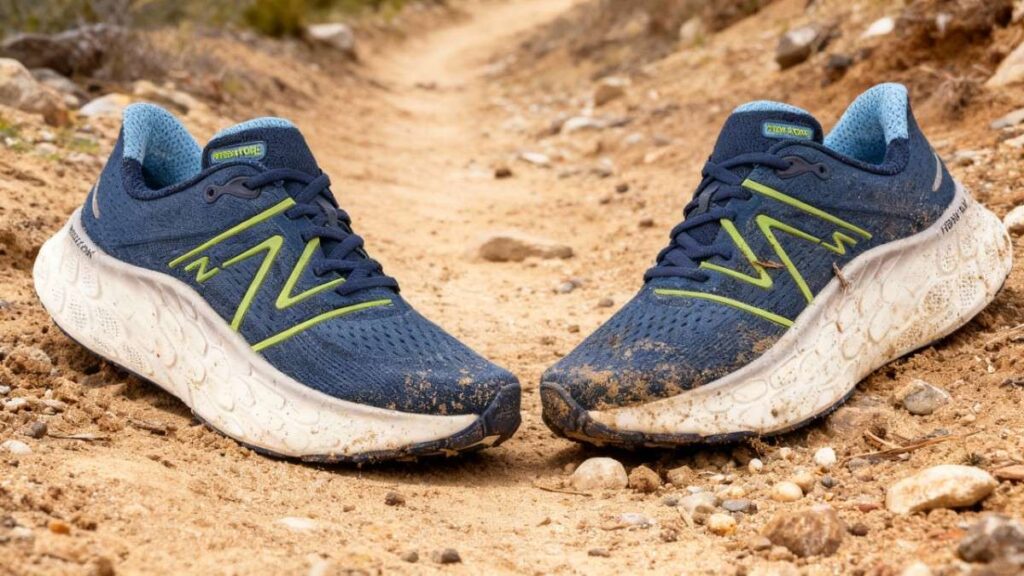
The New Balance Fresh Foam X More v4 puts comfort first, which brings honest trade-offs that matter for some buyers. The Fresh Foam X midsole is very soft and tends to show compression earlier than firmer foams, so heavier or very high-mileage runners may notice reduced bounce after roughly 100 to 150 miles. Breathability is limited by a denser engineered mesh; on long summer runs the upper can feel warm and lead to extra foot sweat. The outsole’s segmented rubber pods offer good wet-pavement confidence but will not dig into sticky mud or technical trail roots, so off-road traction is limited.
The shoe’s tall stack and plush geometry blunt responsiveness, making tempo work feel sluggish compared with firmer trainers. Finally, as a non-waterproof model it soaks in sustained rain and takes a few hours to dry fully. These are acceptable compromises if your priority is maximum daily comfort and travel-ready cushioning, but they matter if you need long-term midsole resilience, hot-weather breathability, or true trail traction.
Best Alternatives for New Balance Fresh Foam X More v4
Nike ZoomX Invincible Run Flyknit 3
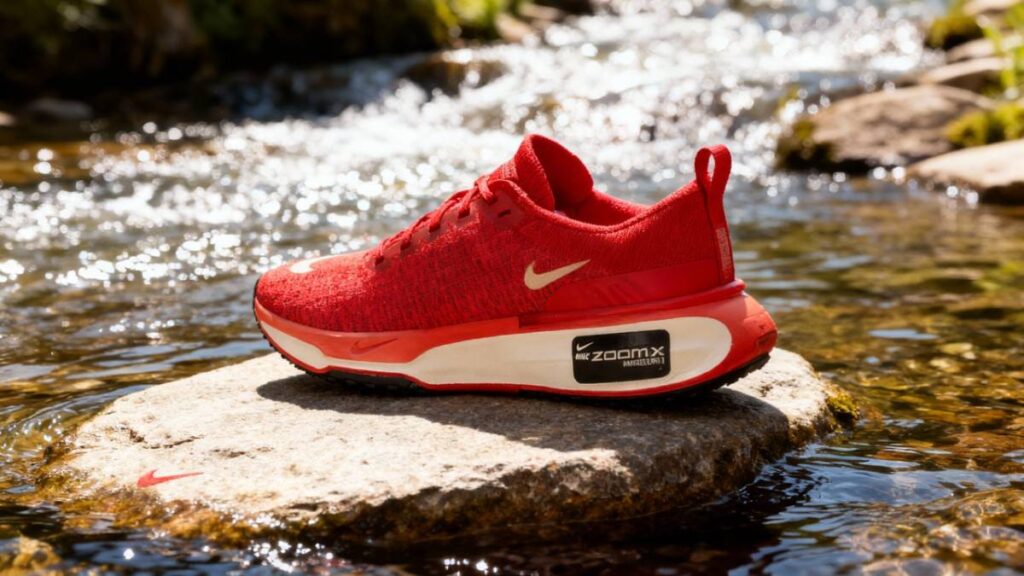
The Nike ZoomX Invincible Run Flyknit 3 leans toward energetic, rebound-driven daily cushioning while the New Balance Fresh Foam X More v4 favors maximal comfort and softer landings. The Invincible Run 3 uses ZoomX foam and a thicker rocker to deliver noticeable energy return and a propulsive feel, and it lists around 309–310 g (10.9 oz), which makes it similar in bulk but a touch more responsive than the New Balance Fresh Foam X More v4. The Fresh Foam X More v4 uses Fresh Foam X with a very tall stack and a lower 4 mm drop, so it tends to feel plusher and smoother through long, easy miles.
Primary trade-off is rebound versus plushness: Invincible Run 3 returns more energy, while the More v4 cushions more. Choose the Nike ZoomX Invincible Run Flyknit 3 if you want a cushioned shoe that still feels lively; buy the New Balance Fresh Foam X More v4 if you prefer maximum daily comfort.
Brooks Ghost Max 2
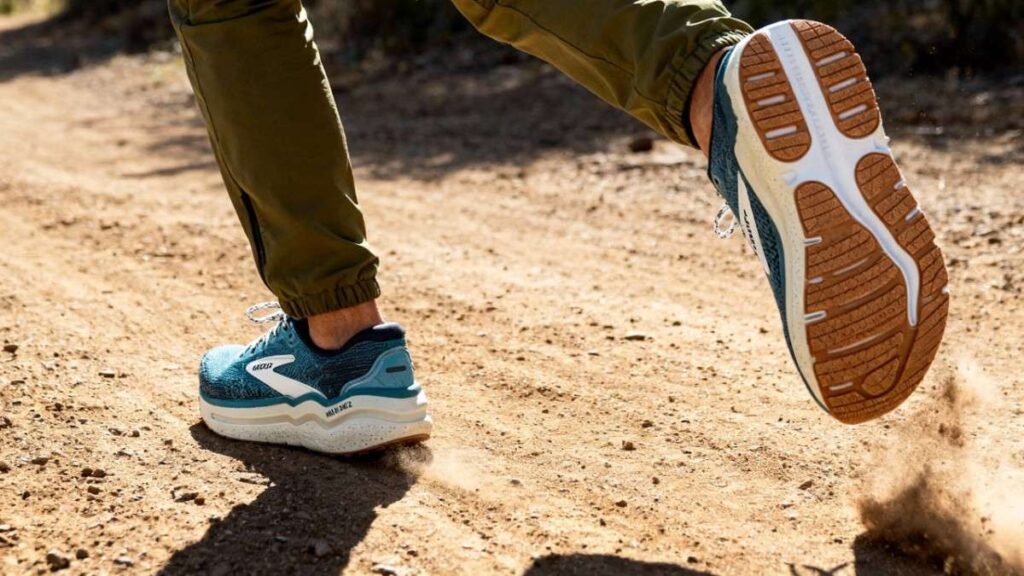
The Brooks Ghost Max 2 tilts toward ultra-plush, protective daily cushioning with a slightly heavier, more padded platform compared with the New Balance Fresh Foam X More v4. The Ghost Max 2 ships with a very tall stack (around 39/33 mm) and DNA Loft V3 foam, which creates a high, protective platform and a softer underfoot feel that rivals maximal trainers. The New Balance Fresh Foam X More v4 is marginally lighter in some reports and offers a slightly firmer Fresh Foam X character that smooths transitions with a 4 mm drop.
The main trade-off is weight and ride personality: Ghost Max 2 tends to feel more cocooning and heavier, while the More v4 leans toward a more balanced plushness and quicker feel in toe-off. Choose the Brooks Ghost Max 2 if you want maximum padding and protection; buy the New Balance Fresh Foam X More v4 if you want a slightly more versatile plush daily trainer.
Comparison of Best Alternatives
| Name | Weight (lbs per pair) | Waterproof | Best for | Price |
|---|---|---|---|---|
| New Balance Fresh Foam X More v4 | ~1.33 lb | No | Plush, recovery and long easy miles; travel and all-day walking. | $149.99 |
| Nike ZoomX Invincible Run Flyknit 3 | ~1.37 lb | No | Energy-returning daily trainer for cushioned, slightly more propulsive easy runs. | $180.00 |
| Brooks Ghost Max 2 | ~1.35 lb | No | Maximal-cushion daily miles and walking with a very protective platform. | $150.00 |
Who Should Buy/Avoid New Balance Fresh Foam X More v4
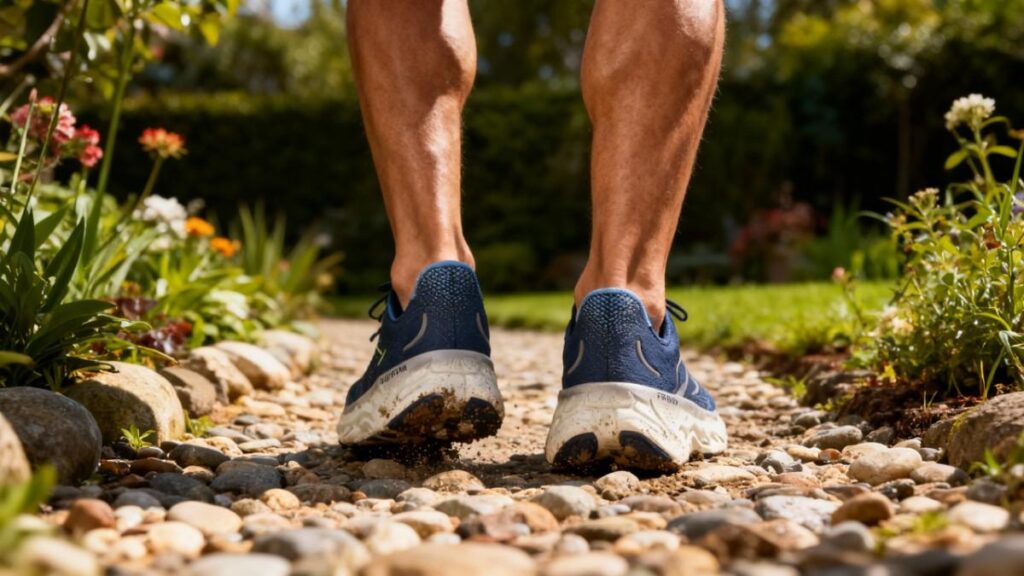
You Should Buy if
- You want maximum daily cushion for long easy miles and travel comfort.
- You favor a roomy forefoot that lets toes splay on long walks.
- You need a recovery or commuter shoe that reduces joint shock.
- You prefer a plush, low-effort ride and value all-day softness for standing or travel.
You Should Avoid if
- You want a lively, responsive trainer for tempo sessions.
- You need a waterproof shoe for heavy rain or wet trails.
- You run very high weekly mileage and want firmer long-term midsole resilience.
- You require aggressive trail traction or rock plate protection for technical terrain.
FAQs
Does the New Balance Fresh Foam X More v4 run true to size?
Yes. It generally fits true to New Balance sizing with extra forefoot volume; consider a half size down only if you have very narrow feet.
Is this model waterproof or available in a GTX version?
No, the tested Fresh Foam X More v4 is not waterproof; New Balance has other models with Gore-Tex if you need a waterproof option.
How many miles can I expect before the midsole softens?
Expect visible midsole settling around 100 to 150 miles with heavier runners; moderate users may see longer life with rotation.
Is it suitable for light trail or gravel paths?
It handles packed dirt and greenways well, but it tends to lack aggressive lugs for sticky mud or technical trails.
Can I use custom orthotics in this shoe?
Yes. The roomy volume accepts modest orthotics and insoles, but expect about 4–5 mm added stack and a slightly firmer feel.
Ethan Marlowe is an experienced hiker and outdoor gear specialist based in Colorado. With over 7 years of hands-on experience trekking through the Rockies, Pacific Northwest, and East Coast trails, he delivers practical advice, expert gear reviews, and survival insights. His goal is to help hikers of all levels make smarter decisions on and off the trail.


